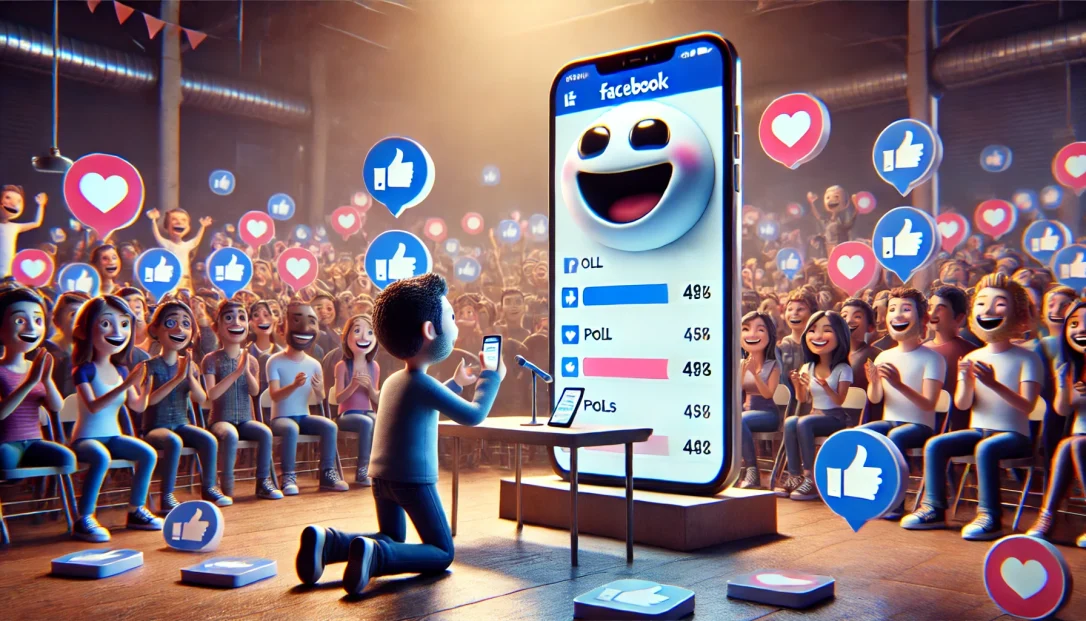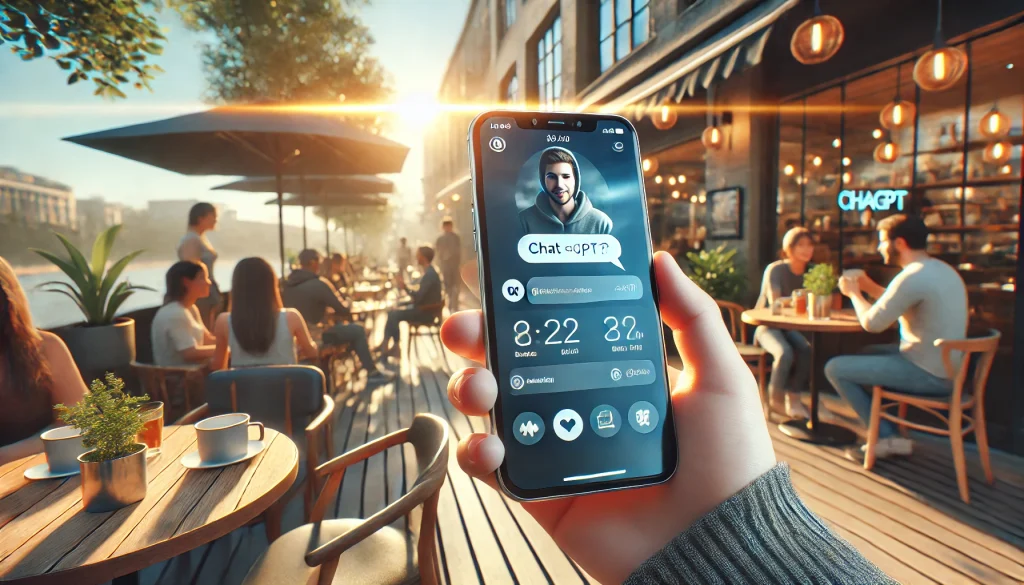Facebook has countless features to help you engage with your audience, but there’s one tool that’s often overlooked: polls. Yes, Facebook polls are the secret weapon you probably aren’t using enough. While they may seem simple, polls are a fantastic way to engage your audience, gather insights, and spark conversations in a fun and interactive way.
In this post, we’ll explore why Facebook polls are so powerful, how to use them effectively, and the creative ways you can integrate them into your social media strategy. Let’s dive in and discover how you can start using this underappreciated tool to connect with your audience like never before.
Why Facebook Polls Work So Well
So why exactly do Facebook polls work so well? The answer lies in human nature. People love to share their opinions, especially when it’s easy, quick, and fun. Polls provide a way for your audience to engage with your content without requiring a huge time commitment. Here are some reasons why polls are effective:
- Easy Engagement: Polls take only a few seconds to participate in, making them one of the easiest ways for your audience to interact with your posts.
- Interactive and Fun: Polls add a level of interactivity that’s hard to resist. They invite people to have their say and feel involved in your content.
- Boosts Engagement: Facebook loves posts that generate interaction, and polls often lead to higher engagement rates because they’re simple and quick for users to participate in.
- Provides Valuable Feedback: Polls give you instant insights into your audience’s preferences, ideas, or feedback on various topics—whether it’s about your content, products, or future ideas.
Step 1: Use Polls to Ask Questions That Matter
The best way to get people involved with your Facebook polls is to ask questions that matter. Whether it’s something fun or business-related, make sure the poll is relevant to your audience.
- Keep It Simple: Don’t ask overly complex questions. Make your poll easy to answer by giving two or three clear options. For example, if you’re in the health and fitness niche, you could ask, “What’s your go-to workout: Yoga or Strength Training?”
- Make It Fun: Even if you’re gathering serious feedback, keep the tone light and fun. People love answering questions that make them smile. For example, “What would you rather give up for a week: Coffee or Netflix?”
- Ask for Input: Polls are a great way to ask your audience for their input on upcoming content, products, or services. This helps your followers feel like they’re part of the process, and it can give you insights you may not have considered.
Step 2: Boost Engagement with Polls in Groups and Stories
If you want to take your polls to the next level, don’t limit yourself to just your Facebook feed. Polls work wonderfully in Facebook groups and stories, where you have a more intimate and engaged audience.
- Facebook Groups: Polls in groups tend to get more engagement because members are already interested in the specific topic. Use polls in groups to ask for feedback on group discussions or upcoming events. For example, in a travel group, you could ask, “Where should we plan our next group trip—Hawaii or Italy?”
- Facebook Stories: Stories have become a huge part of Facebook’s platform, and polls work incredibly well here. Use them to ask fun questions, get quick feedback, or even create anticipation for a new product launch. Story polls are particularly effective because they disappear after 24 hours, creating a sense of urgency.
Step 3: Analyze Poll Results to Understand Your Audience
Polls aren’t just for fun; they provide valuable data about your audience. By analyzing poll results, you can gather insights that will help you make informed decisions for your business or content strategy.
- Understand Preferences: Want to know what type of content your audience prefers? Use a poll to ask if they’d rather see blog posts, videos, or live streams. You’ll be able to tailor your content to what your audience actually wants to see.
- Get Product Feedback: If you’re unsure about a new product or feature, ask your audience for their opinion. For example, “Should we release our new product in blue or red first?” This feedback helps you make decisions based on real customer preferences.
- Measure Engagement: Poll results can give you a good idea of how engaged your audience is. A high number of responses means people are actively interested, while fewer responses could indicate that you need to tweak your content strategy.
Step 4: Use Polls to Spark Conversations
Polls are great conversation starters. Instead of just asking a question and leaving it at that, use the results to dive deeper into the topic. This keeps the conversation going and builds a stronger connection with your audience.
- Follow Up: Once the poll is over, share the results and ask for further comments. For example, if you asked, “Which is better: Dogs or Cats?” follow up by asking, “Why do you think dogs are the best pets?” This encourages people to leave comments and share their opinions.
- Create a Discussion: Use poll results to kickstart a discussion in the comments. “Wow, 70% of you chose cats! What makes cats your favorite?”
- Tag Participants: If you’re running a poll in a group or community, consider tagging participants in the follow-up discussion. This adds a personal touch and shows that you appreciate their involvement.
Step 5: Have Fun with Creative Poll Ideas
To keep things interesting, mix up your poll topics. From serious business questions to fun “just because” polls, there are endless possibilities. Here are some creative ideas to get you started:
- This or That: Ask a “this or that” question, like “Tea or Coffee?” or “Summer or Winter?” These lighthearted polls are fun and easy for your audience to participate in.
- Guess the Outcome: If you’re hosting an event or webinar, you could ask, “Which topic do you think will be the most popular during our event: A or B?” This adds a bit of anticipation and excitement.
- Crowdsource Content Ideas: Ask your audience what they want to see next. For example, “What should we blog about next: Social Media Hacks or Email Marketing Tips?”
Common Poll Mistakes to Avoid
While polls are a great tool, there are a few common mistakes you should avoid:
- Overloading with Options: Don’t give too many choices. Stick to two or three options to keep things simple and avoid decision fatigue.
- Not Following Up: Make sure to follow up with the poll results. This shows your audience that you value their input and keeps the conversation going.
- Irrelevant Polls: Make sure your polls are relevant to your audience and your brand. Random questions can feel disconnected and might not get the engagement you’re hoping for.
Conclusion: Poll Your Way to Success
Facebook polls are a simple but effective tool for engaging your audience, gathering insights, and sparking fun conversations. By asking the right questions, using polls in creative ways, and analyzing the results, you can create a stronger connection with your audience and make informed decisions that will help grow your brand.
So, if you’re not already using Facebook polls, now’s the time to give them a try. You’ll be surprised at how much engagement and insight this little tool can bring!







